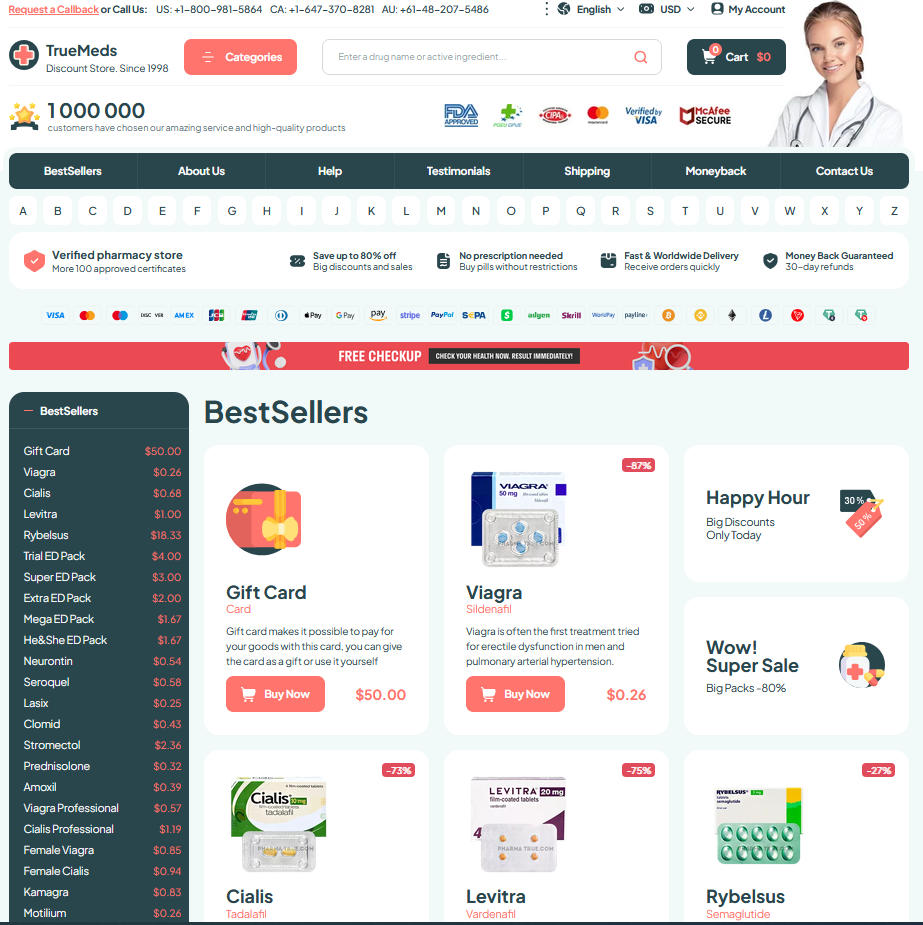 Cleocin Topical Vs Oral: Which to Choose
Cleocin Topical Vs Oral: Which to Choose
How Topical and Oral Formulations Differ Pharmacologically
Think of the two forms as tailored tools: topical delivers clindamycin directly where bacteria sit, often achieving high local concentrations in the epidermis and pilosebaceous units with minimal systemic uptake. Because the drug binds bacterial ribosomes the same way in either form, topical use maximizes target exposure while limiting plasma levels and hepatic metabolism, thereby reducing risks tied to systemic distribution.
Oral therapy, by contrast, produces widespread distribution — rapid intestinal absorption, significant bioavailability, and hepatic processing — which is advantageous for deep or systemic infections but raises the chance of systemic adverse effects and microbiome disruption. Clinicians weigh these pharmacokinetic differences alongside resistance patterns and clinical severity when deciding which route best balances potency and safety.
| Aspect | Topical | Oral |
|---|---|---|
| Absorption | Local, minimal systemic | High, systemic |
| Distribution | Skin-focused | Widespread |
| Risk | Local irritation | C. difficile risk, systemic effects |
Comparing Effectiveness for Acne and Skin Infections

When I treated papules, topical cleocin felt like an ally: clindamycin gel reaches pores, reducing bacteria with minimal systemic exposure. For mild to moderate inflammatory acne, creams or lotions clear lesions faster with fewer systemic risks than pills, especially when combined with benzoyl peroxide.
Oral clindamycin can be valuable for widespread skin infections or severe cystic acne where systemic penetration is needed. It addresses deeper follicles and concurrent soft-tissue infections but carries higher risks—diarrhea, antibiotic-associated colitis—so its use is best reserved for cases unresponsive to topical therapy under medical supervision.
Onset of Action: Rapid Relief Versus Systemic Duration
Patients often notice topical cleocin working where applied within hours to days, as drug concentrations build in the superficial skin and target bacteria directly; the sensation of shrinking pustules and reduced redness can feel immediate, though maximal improvement usually requires consistent daily use over several weeks and patient expectations shape perceived speed of benefit significantly.
Systemic (oral) cleocin reaches the bloodstream, slower symptomatic relief for localized lesions but treats deeper infections; onset is slower but duration sustained; oral therapy may require a few days to see improvement, remains active as long as dosing continues, offering broader infection control but with increased risk of side effects; clinicians weigh rapid local response against systemic reach when prescribing.
Side Effects Spectrum: Local Irritation to Systemic Complications

When I first tried topical cleocin for a stubborn breakout, my skin tightened and tingled for days; small redness and peeling were the trade-offs for targeted bacterial control and confidence.
Oral therapy told a different story: systemic benefits reached deeper infections but introduced nausea, diarrhea and, rarely, more serious reactions that require medical attention; liver monitoring may be periodically necessary.
Choosing formulation depends on severity, medical history and tolerance. Discuss risks with a clinician to balance quick relief against potential systemic complications and long-term outcomes to ensure safe, effective care.
Practical Considerations: Dosing, Application, and Patient Adherence
When prescribing cleocin, practicalities often determine success more than pharmacology. For topical gels a once or twice daily thin application reduces dosing errors and keeps systemic exposure minimal, while oral capsules require strict timing with food to improve absorption and avoid stomach upset. Patients prefer simpler routines; explaining stepwise application, measuring doses, and setting reminders improves adherence.
Clear directions, packaging choices, and discussing costs can make cleocin therapy sustainable. Scheduling brief follow-ups and offering written instructions reduce misuse and encourage completion.
| Dose | Use |
|---|---|
| Topical | Thin layer 1-2x/day |
| Oral | Follow label with food |
Choosing Wisely: Costs, Resistance, and Doctor Guidance
Deciding between topical and oral therapy often comes down to cost and value. Topicals usually cost less, have fewer systemic effects, and suit mild localized problems.
Oral alternatives raise pharmacy costs and monitoring needs, but may be necessary for widespread or severe infections; insurance coverage can alter the real cost calculus.
Antibiotic stewardship matters: inappropriate use of either form drives resistance, so reserve systemic treatment for clear indications and favor shorter courses when possible. Local culture and sensitivity tests guide targeted therapy when available.
Talk with your clinician about risks, benefits, and budget; shared decision‑making tailors therapy and reduces unnecessary exposure. Ask about generic options, coupons, and follow‑up plans to monitor response and side effects. NLM Drug Information - Clindamycin PubChem - Clindamycin
(832) 428-5608
Houston, TX 4101 Greenbriar Dr. Ste. 205K
info@enhancingmassage.com
(832) 428-5608
Houston, TX 4101 Greenbriar Dr. Ste. 205K
info@enhancingmassage.com
(832) 428-5608
Houston, TX 4101 Greenbriar Dr. Ste. 205K
info@enhancingmassage.com